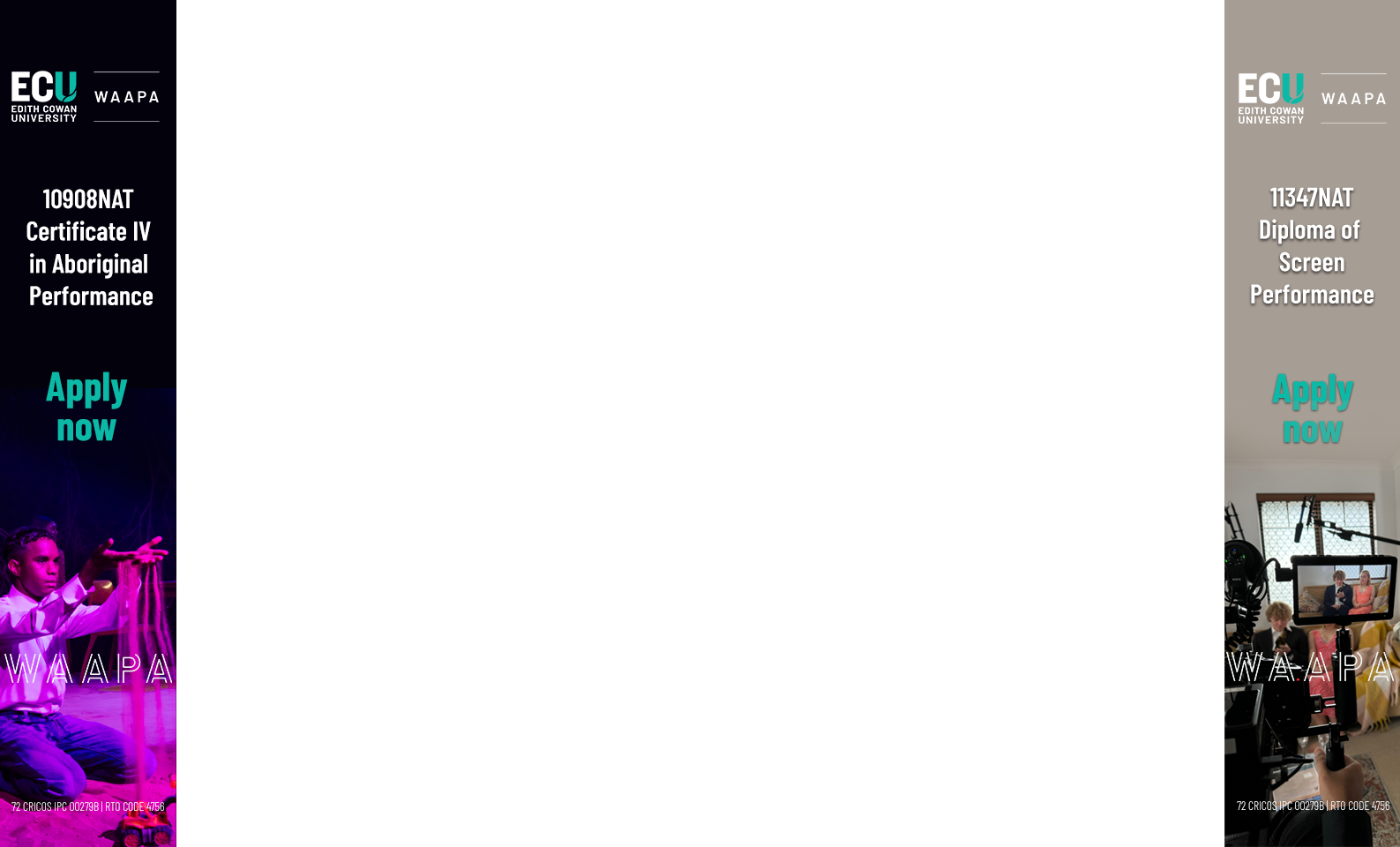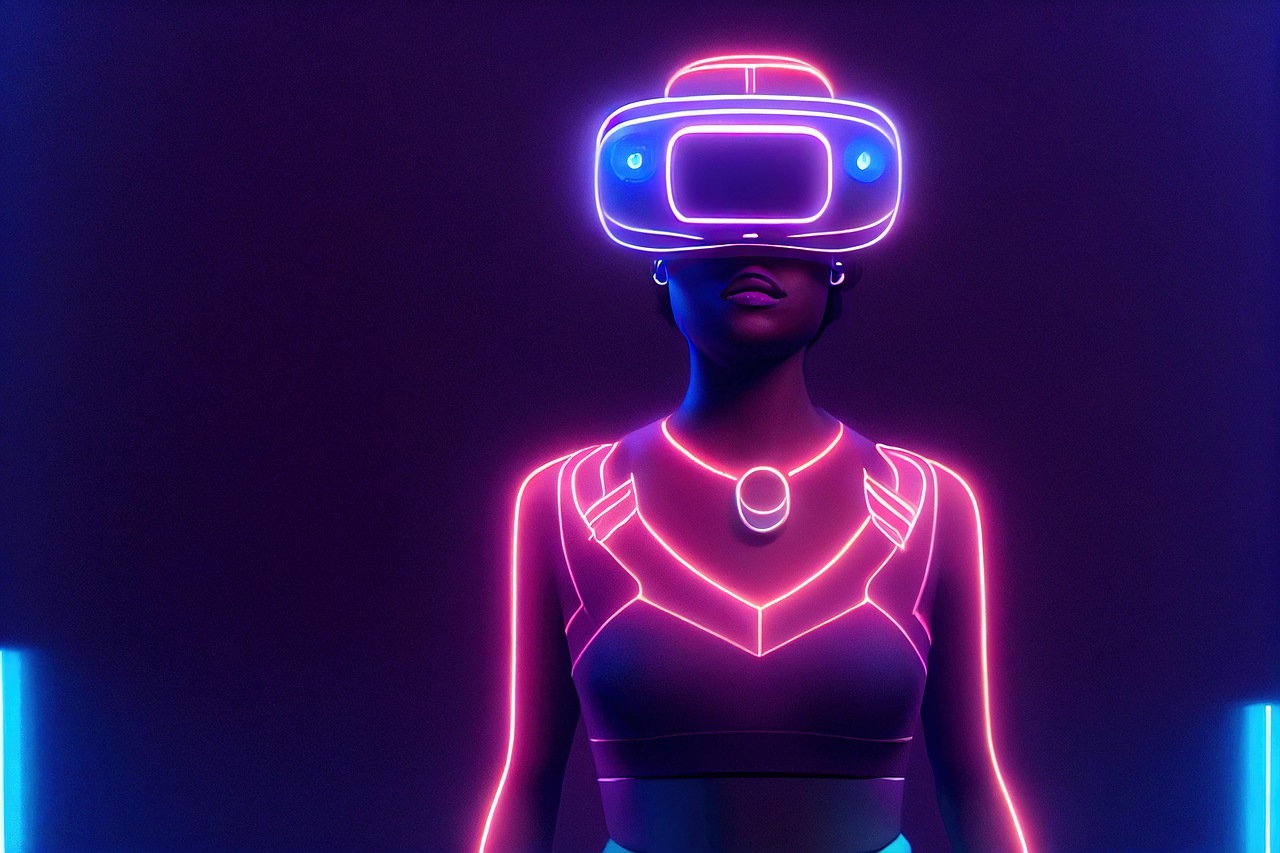by Darren Casey
Not too long ago, imagining a world where you could explore dazzling, interactive spaces without leaving home sounded far-fetched. But now, thanks to virtual reality (VR), that vision is coming to life. The line between traditional gaming and real-world experiences is fading faster than ever, with VR revolutionizing how players connect, compete, and engage.
In 2025, the bond between interactive entertainment and advanced technology has never been stronger, and VR is the bridge making it happen.
A New Dimension of Immersion
For years, gamers have craved more than just visuals, they’ve wanted experiences that feel real. VR delivers on that promise. With a headset, users can step into dynamic virtual environments where they move naturally, communicate with others, and feel fully part of the action.
This evolution goes beyond traditional screen-based interaction. It’s an experience that engages sight, sound, and even movement, transforming ordinary gameplay into something deeply immersive. No wonder this technology is gaining traction among fans of digital entertainment worldwide.
The Rise of Gamified Worlds
Modern VR platforms borrow heavily from the reward systems of traditional video games. Users can now unlock achievements, customise avatars, and rise through leaderboards while exploring virtual spaces.
This gamification element makes the experience more engaging and social. Instead of passively watching or clicking, participants become active explorers in a shared, visually rich world where storytelling and interactivity merge seamlessly. For those exploring innovations across australian online casinos and pokies, this crossover between entertainment and virtual environments highlights just how fast immersive technology is reshaping digital play.
Connecting People in Virtual Spaces
VR doesn’t just enhance visuals, it builds connections. Just as players team up online in multiplayer games, VR platforms allow users to enter shared spaces, interact with others, and enjoy live digital events together.
The sense of community reduces isolation often associated with online experiences, making it feel more like hanging out in a lively social hub than sitting alone behind a screen.
Technology That Feels Real
Today’s VR isn’t limited to graphics. Realistic 3D sound, motion tracking, and haptic feedback combine to create lifelike sensations. Imagine hearing footsteps beside you or feeling the subtle vibration of motion, small details that make virtual experiences incredibly convincing.
Developers continue to experiment with tactile features that bring digital interactions closer to real life, opening up new creative and commercial possibilities across entertainment sectors.
Looking Ahead: The Future of Immersive Worlds
Experts believe we’ve only seen the beginning of what VR can offer. Soon, these environments might host virtual concerts, global competitions, or even interactive storytelling adventures where participants influence outcomes in real time.
As blockchain and NFT technologies evolve, digital ownership and cross-platform experiences could become central to how users navigate these virtual spaces. The future of VR might redefine what we call “gaming” altogether.
Challenges and Opportunities
There’s still progress to be made. VR equipment can be expensive, and regulations around virtual experiences are still catching up. Moreover, ensuring healthy screen habits and balanced usage remains crucial.
But as accessibility improves and developers innovate, these challenges are gradually being addressed. The trend points toward broader adoption and safer, more inclusive virtual environments.
Final Thoughts
Virtual reality is no longer a niche technology, it’s transforming how we experience entertainment itself. With richer interaction, sensory depth, and social connection, VR is creating a future where digital experiences don’t just happen on a screen, they surround you.
Image by Brian Penny from Pixabay




